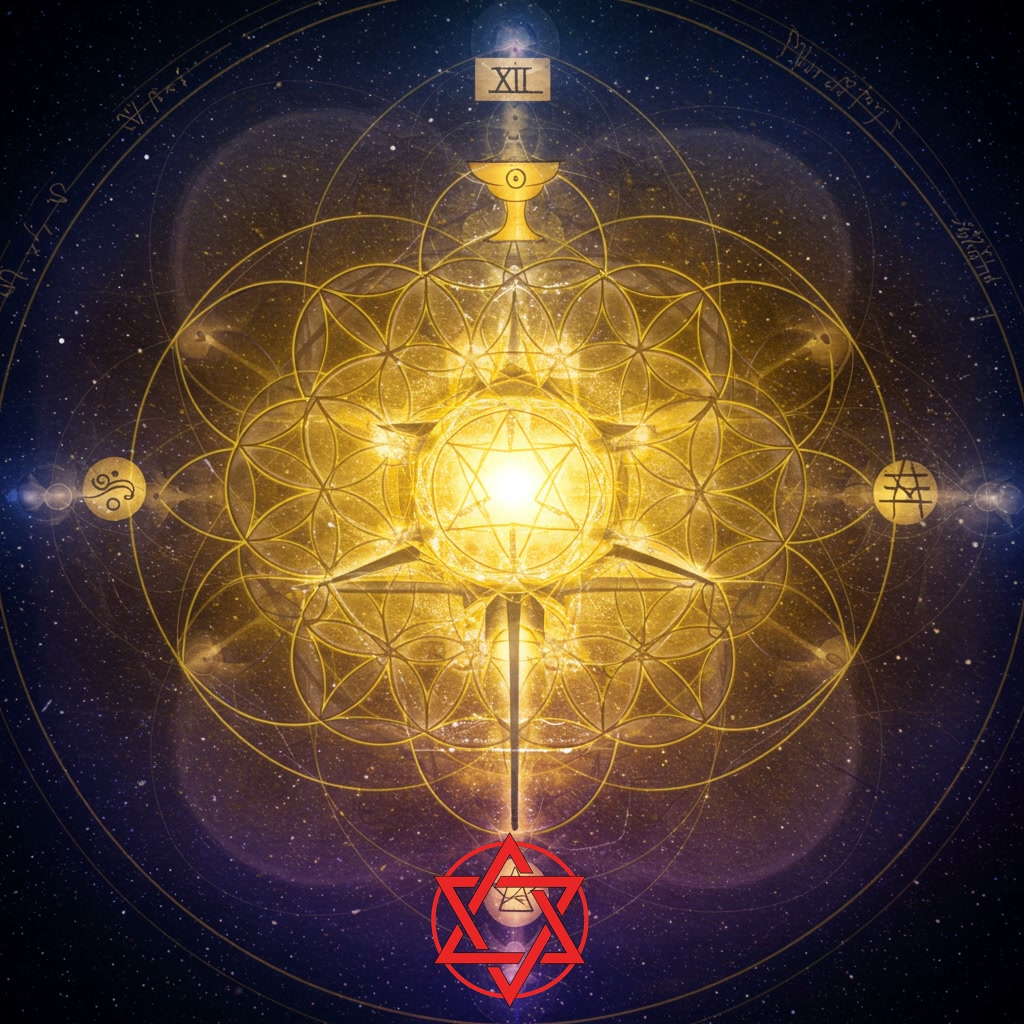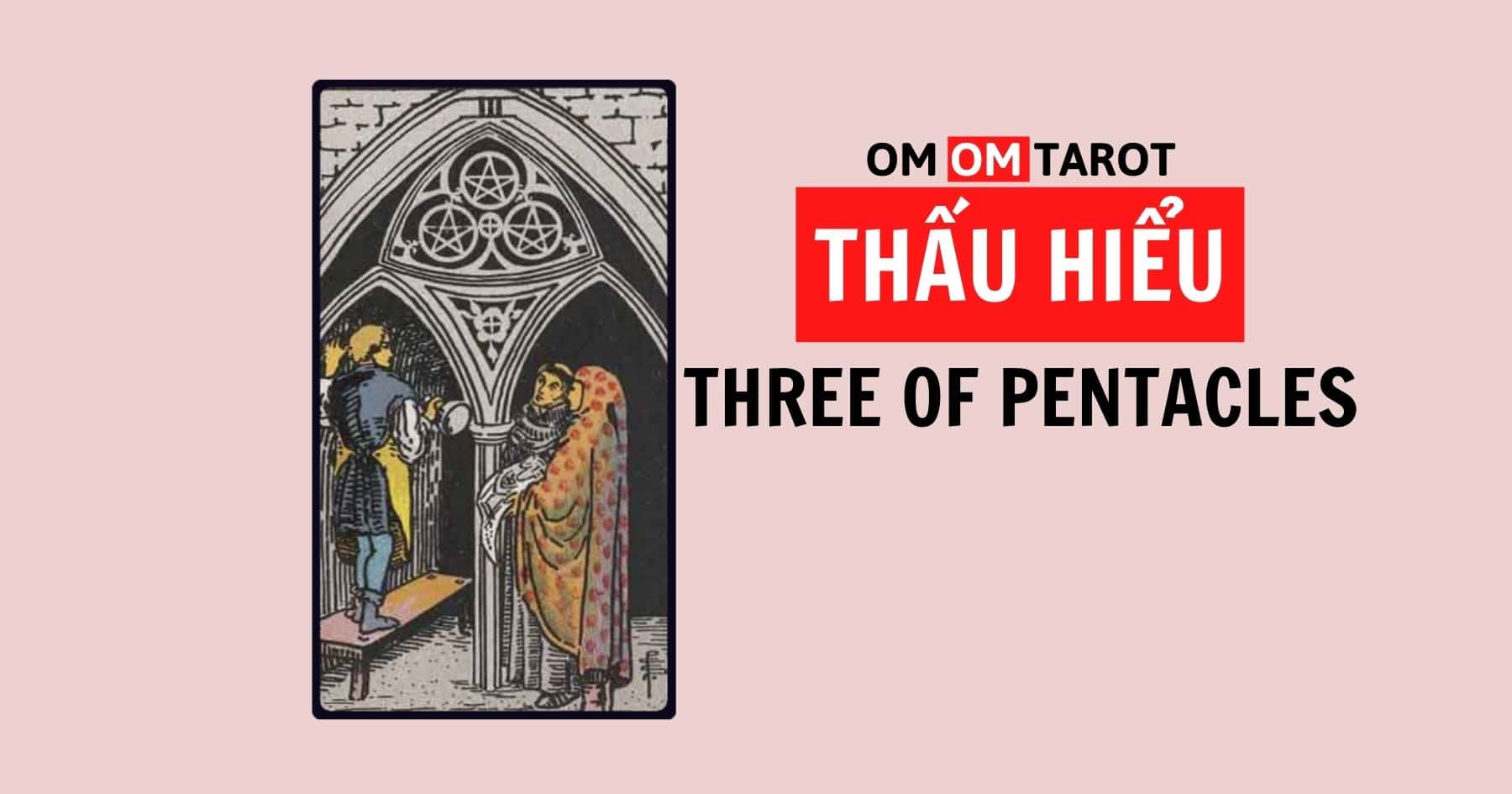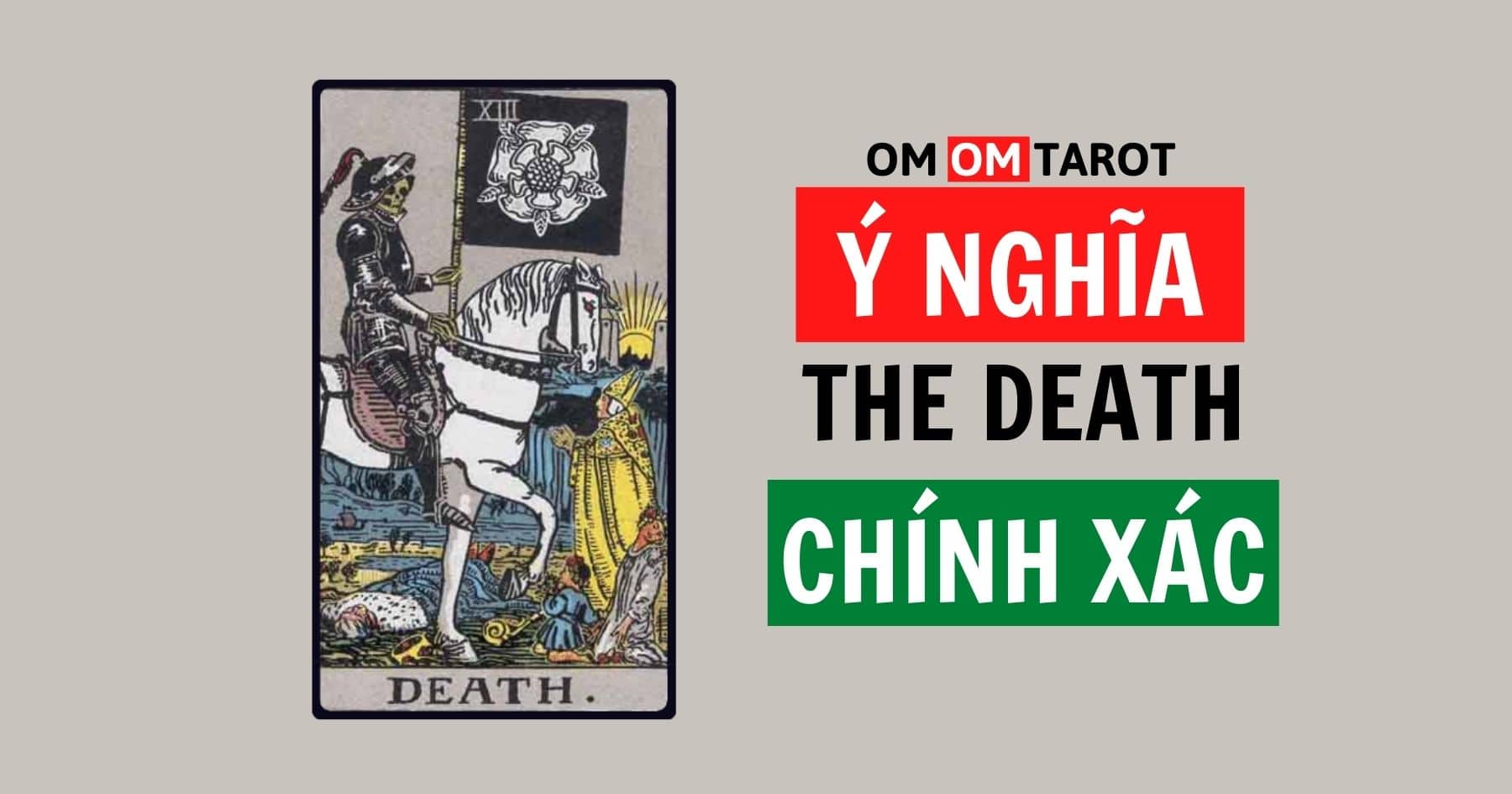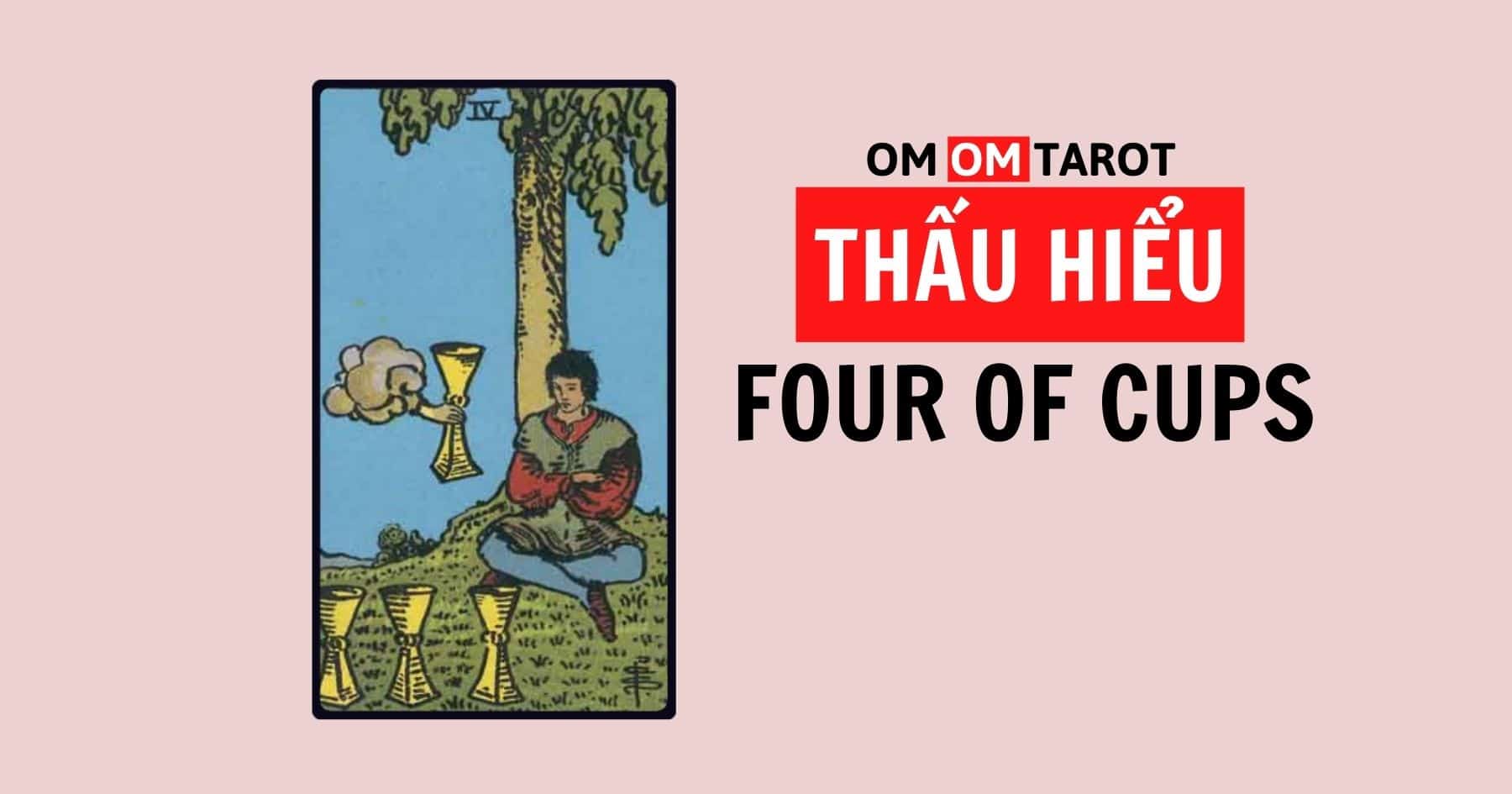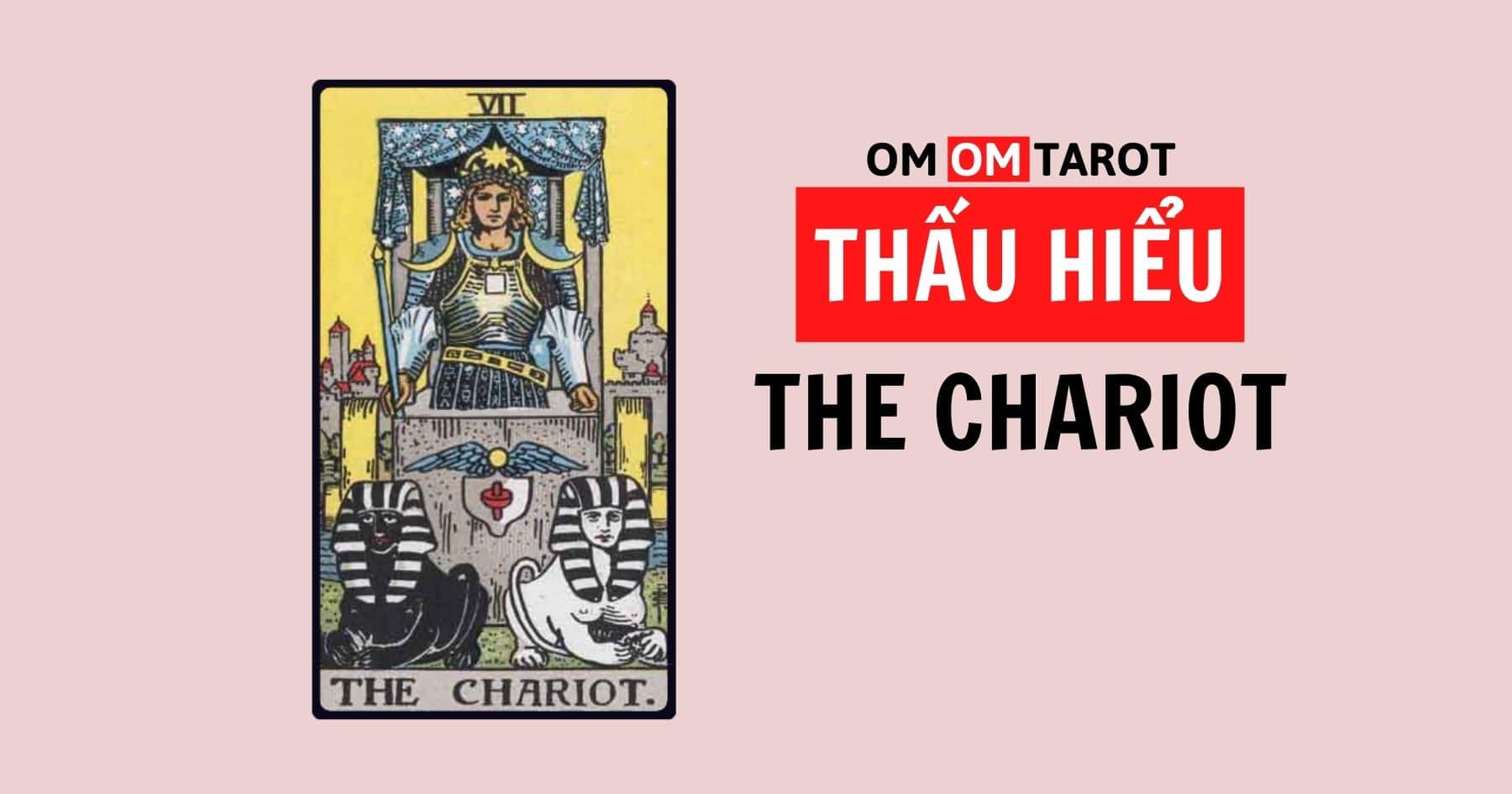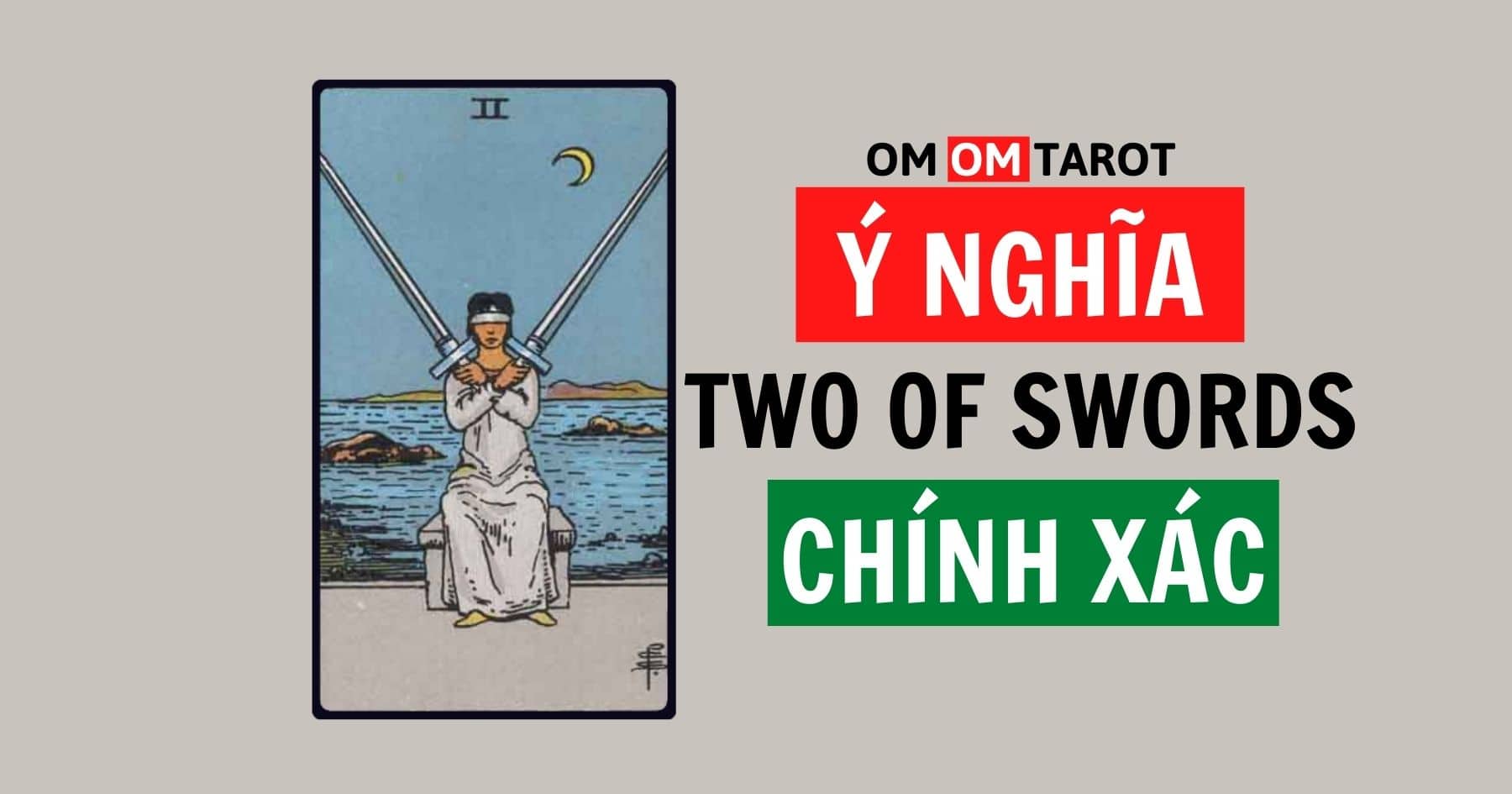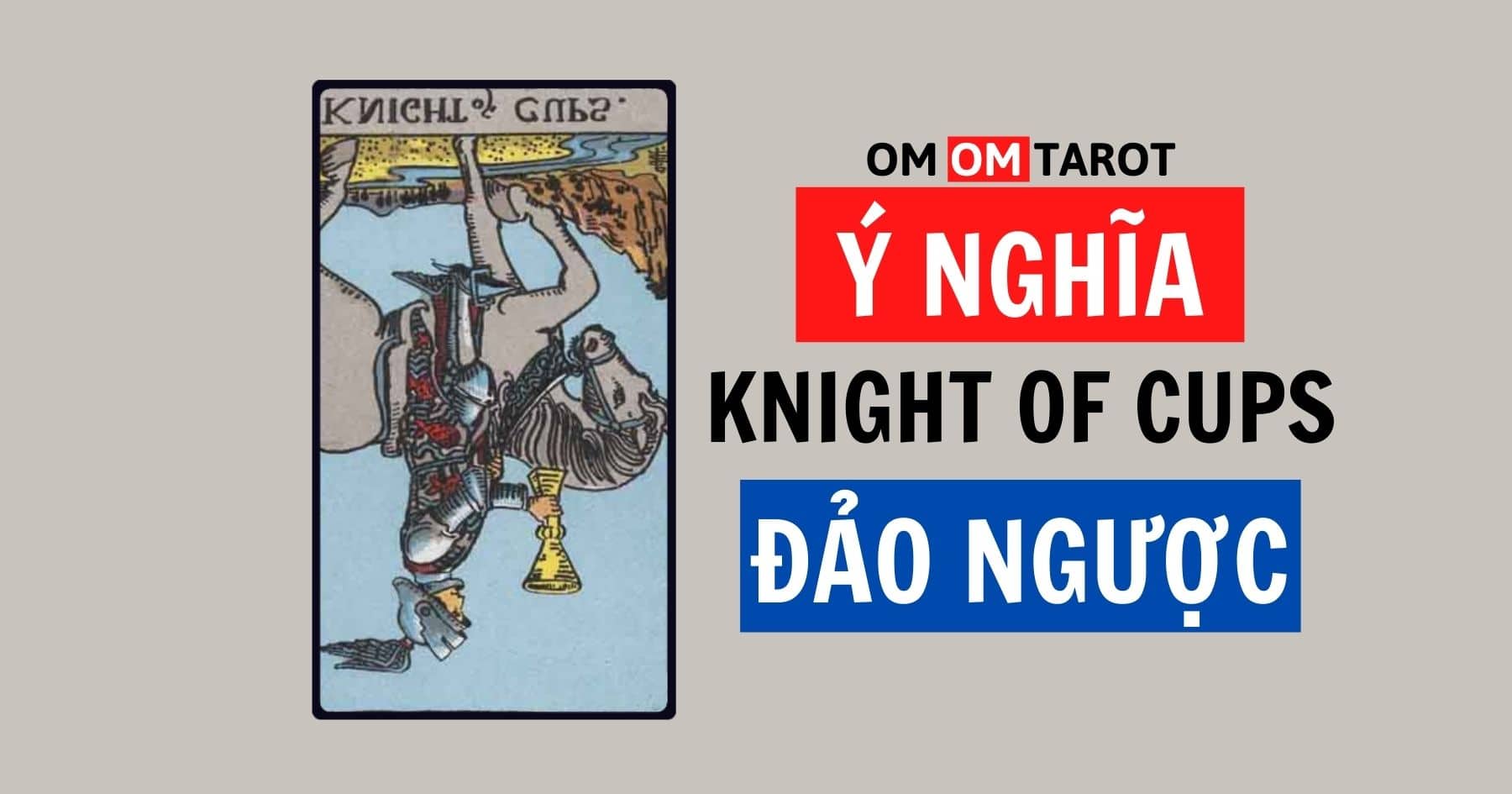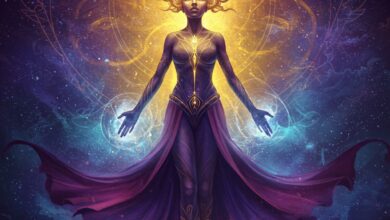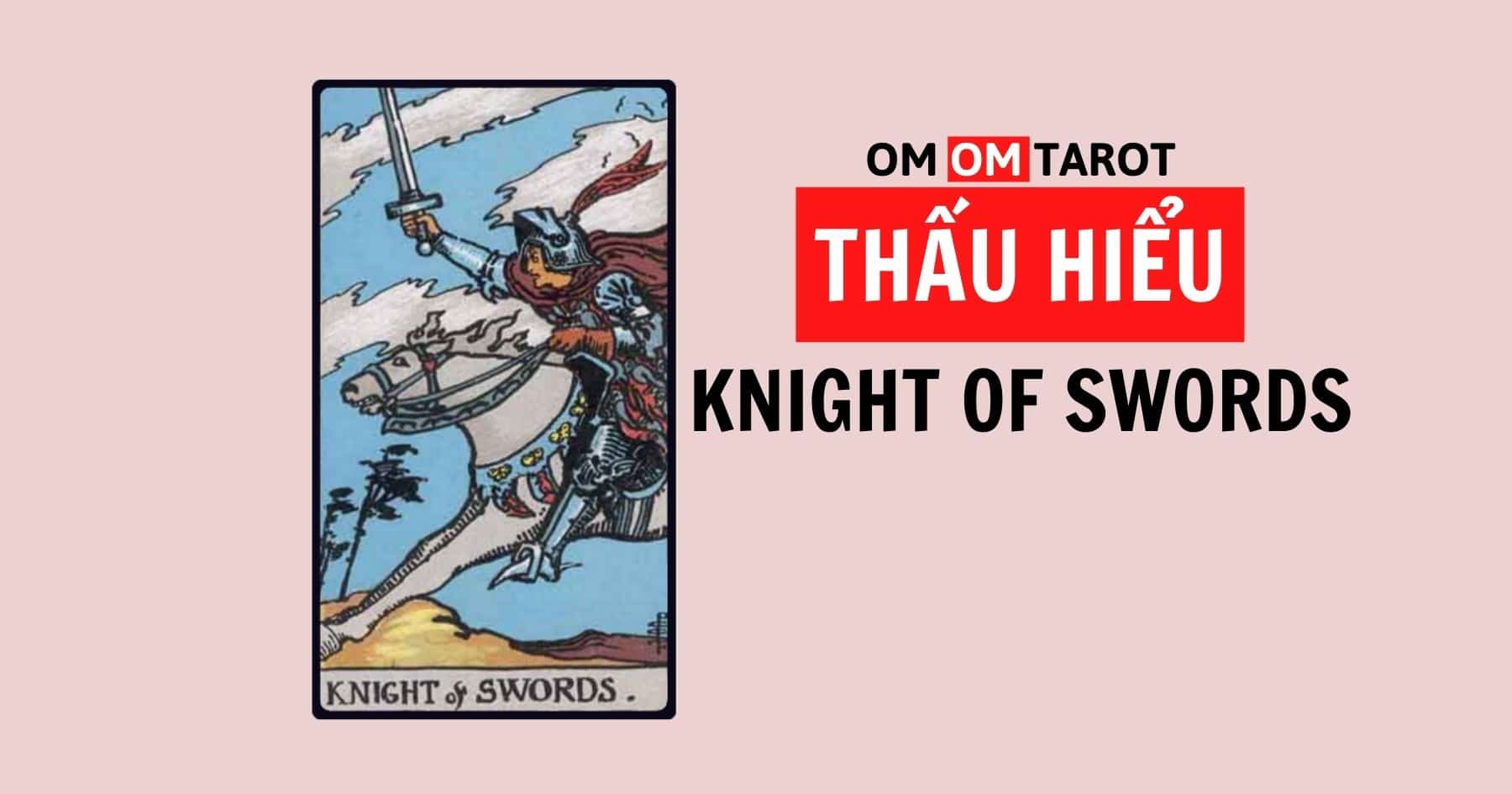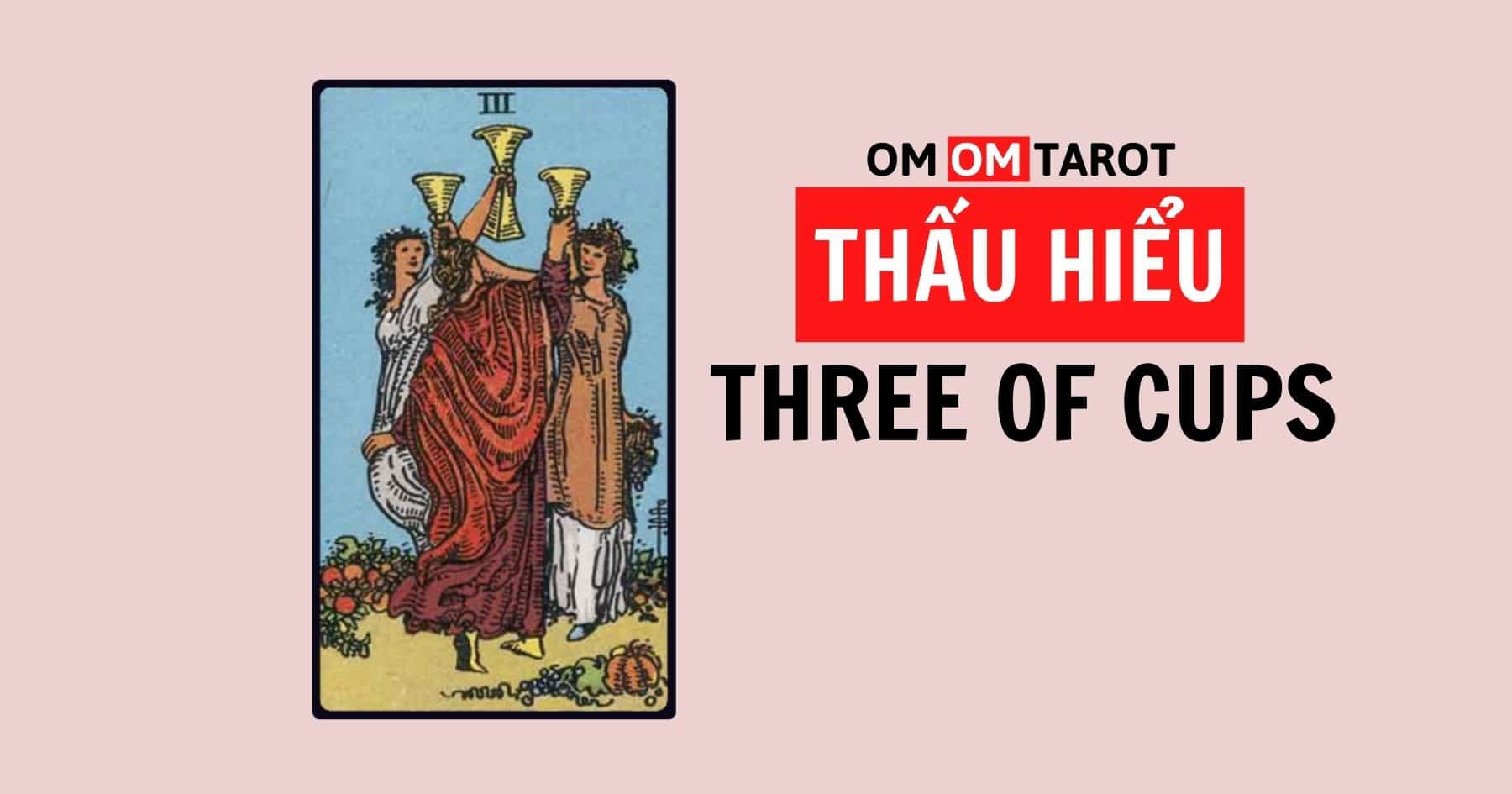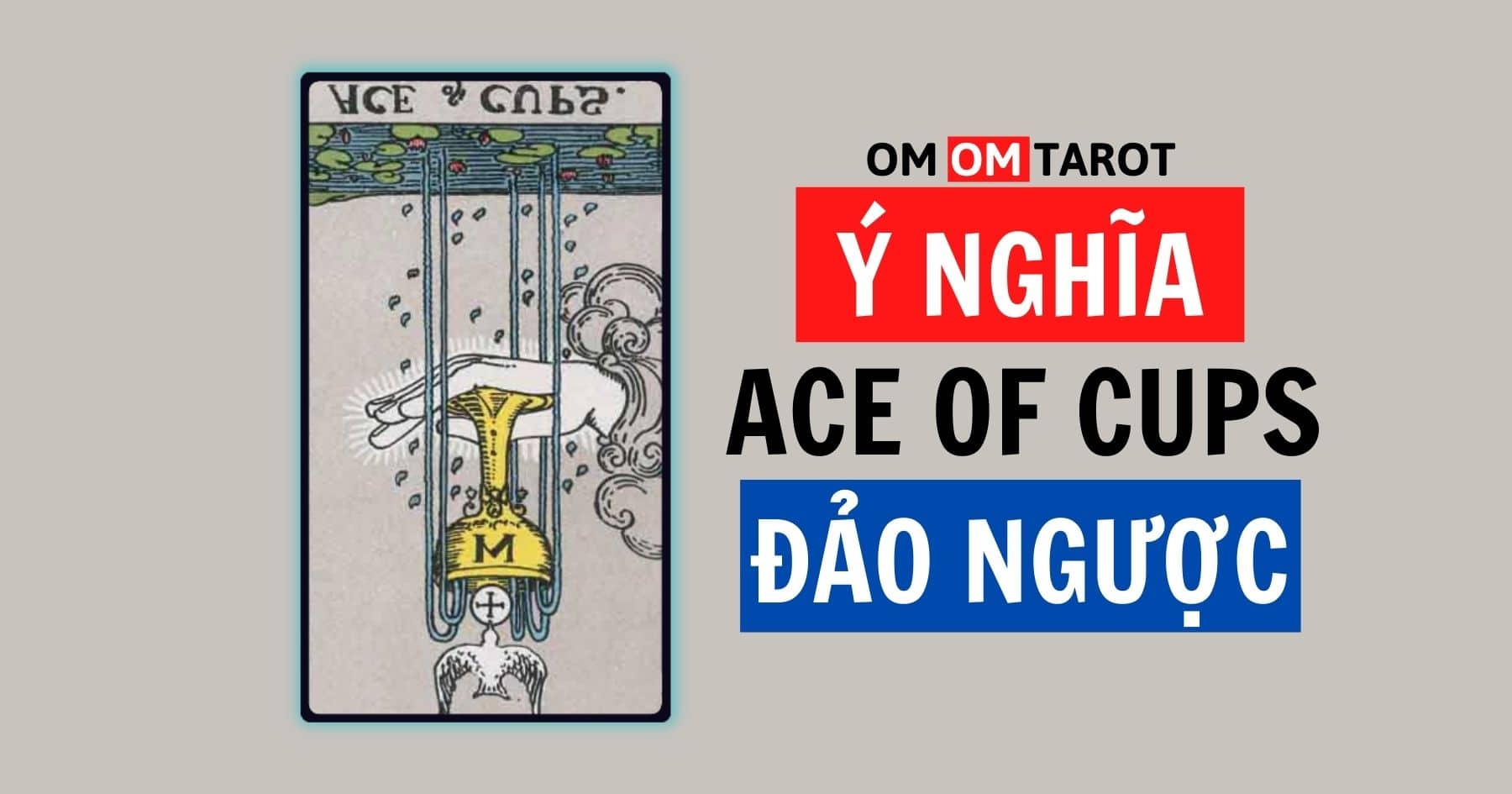Tarot and Sacred Geometry: Unveiling Energetic Patterns and Ancient Wisdom
This topic explores the fascinating connection between Tarot and Sacred Geometry. It seeks to unveil the energetic patterns and ancient wisdom embedded within these systems. Exploring this relationship offers a unique perspective on universal principles and hidden knowledge related to tarot.
Section 1: Introduction: Defining Tarot and Sacred Geometry
This introductory section lays the groundwork for exploring the fascinating intersection of Tarot and Sacred Geometry. We begin by defining each system independently. Tarot is a deck of cards, rich with symbolism and archetypal imagery, traditionally used for divination, introspection, and understanding the human journey. It offers a visual language for exploring consciousness and potential paths. Sacred Geometry, on the other hand, is the study of fundamental patterns, shapes, and mathematical ratios that are believed to be the building blocks of the universe, found in everything from atomic structures to galaxies. It reveals the underlying order and interconnectedness of creation through geometric forms.
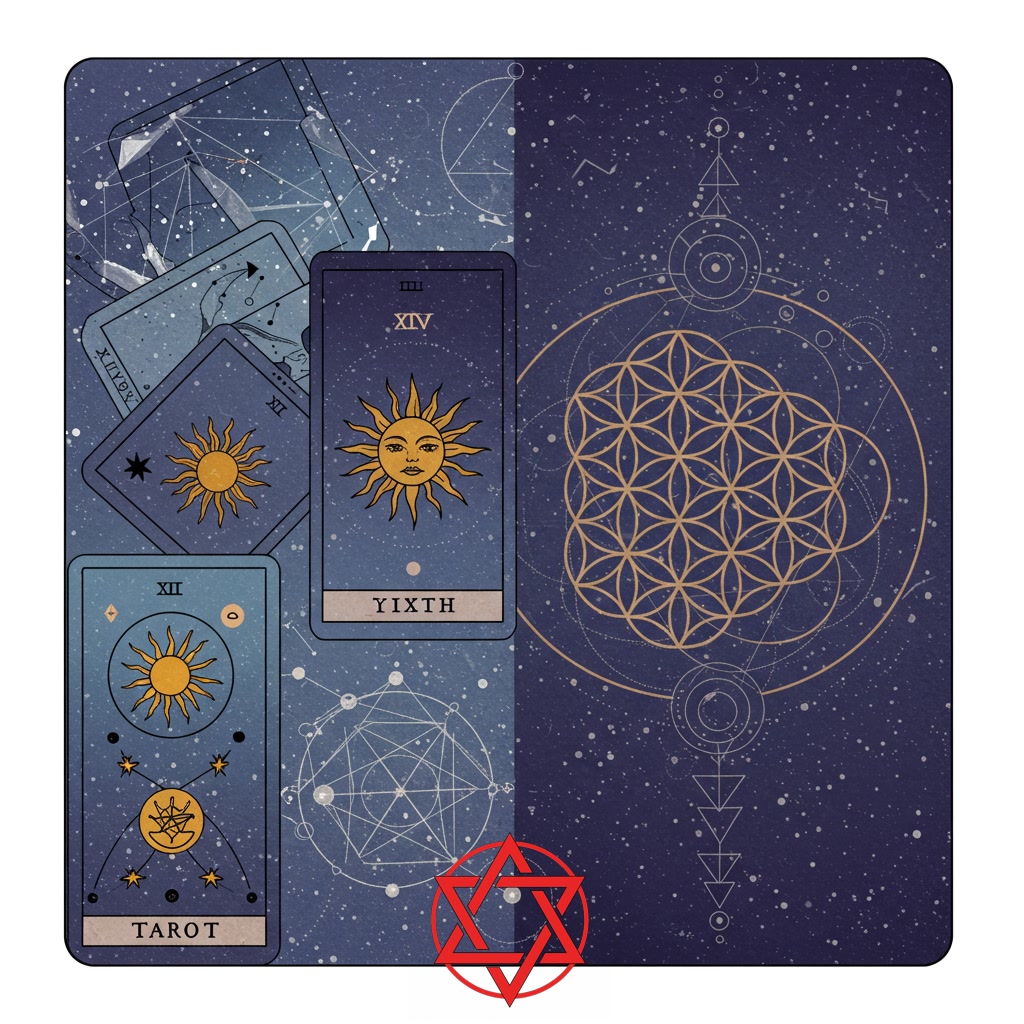
Section 2: The Language of Sacred Geometry: Fundamental Principles and Forms
Building upon our foundational definitions, this section delves into Sacred Geometry as a universal language expressed through fundamental forms and principles. At its core, Sacred Geometry explores the mathematical patterns and proportions that underpin existence, found in everything from atomic structures to celestial orbits and natural growth patterns like seashells or fractals. Key principles include the concept of unity represented by the circle, the duality and creation inherent in the Vesica Piscis, and the stability of the triangle. The Golden Ratio (Phi) and the Fibonacci sequence reveal harmonious growth and aesthetic balance. Understanding these basic geometric shapes and their interrelationships provides a framework for perceiving the underlying order and energetic blueprint of the cosmos, viewing geometry not just as mathematics, but as a symbolic language describing the nature of reality.
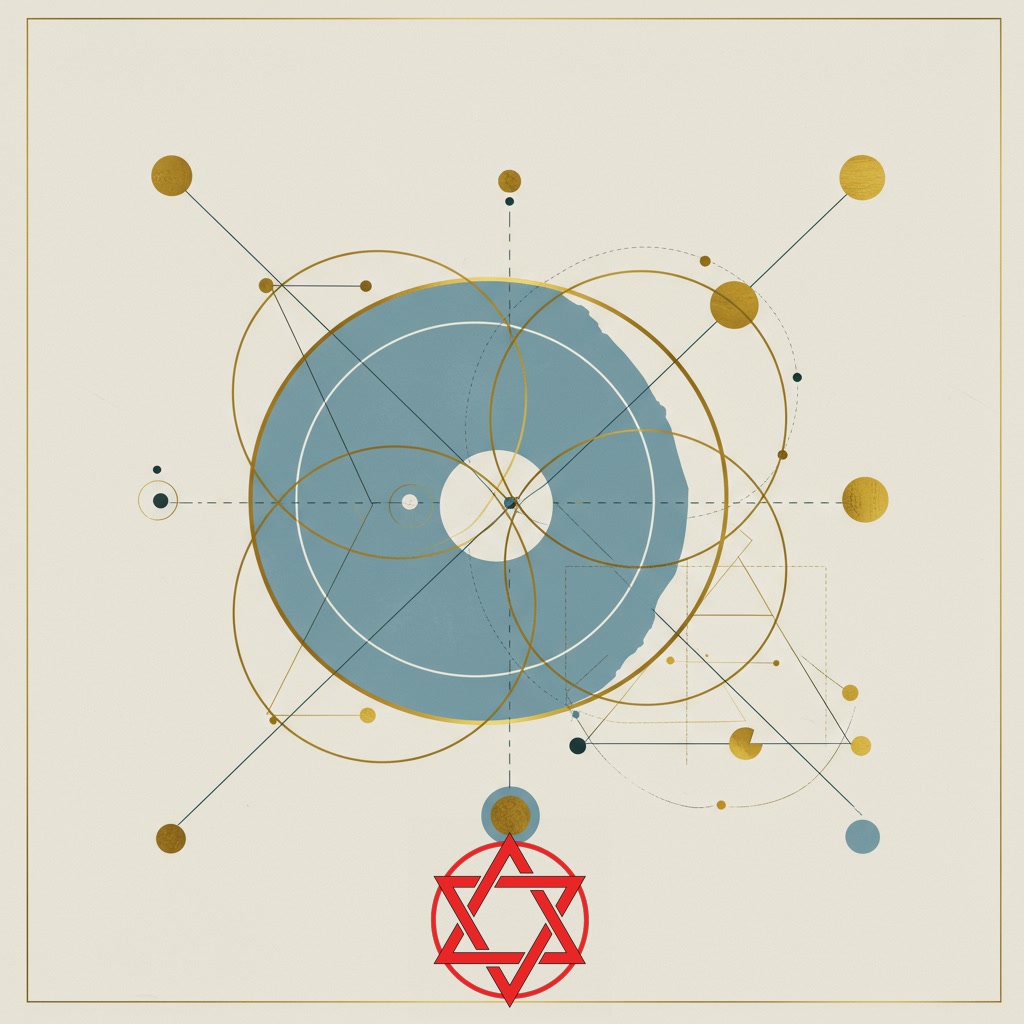
Section 3: The Structure and Symbolism of Tarot: A System of Archetypes and Narratives
The Tarot deck functions as a comprehensive system of symbols and stories, structured to reflect universal patterns. It is traditionally divided into the Major Arcana, representing significant life lessons and archetypes like the Fool, the Magician, and the High Priestess, embodying fundamental human experiences and spiritual journeys. The Minor Arcana, composed of four suits (Wands, Cups, Swords, Pentacles), reflects the nuances of daily life and worldly interactions, mirroring the elemental forces and practical challenges we face. Together, these cards form a rich tapestry, where each image is imbued with layers of meaning derived from ancient traditions, mythology, and psychology. The arrangement and interaction of these cards in a reading create a narrative, revealing energetic patterns and offering insights into the querent’s path. This structured nature of the deck provides a framework for exploring the human condition and the interconnectedness of events.
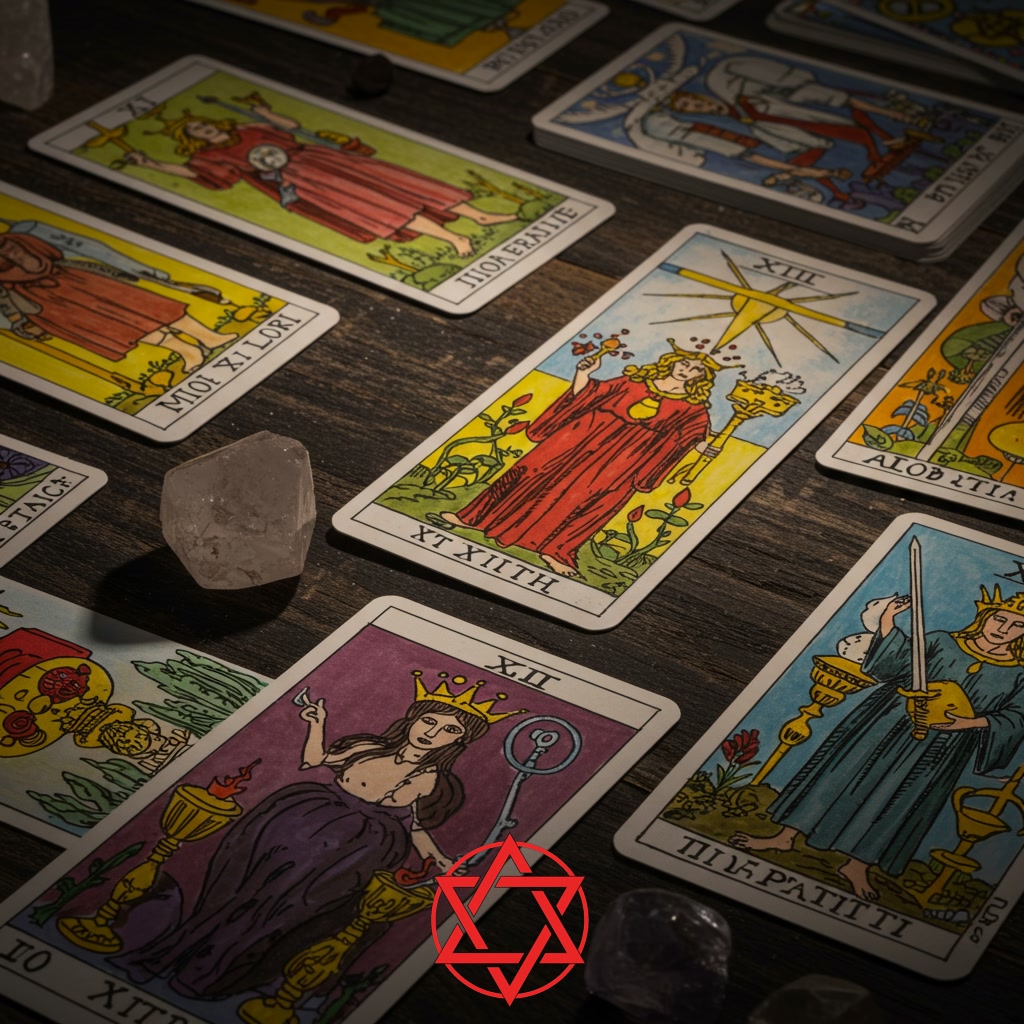
Section 4: The Intersection: Finding Geometric Harmony within Tarot
Building upon the understanding of the Tarot deck’s structured system, this section delves into how the principles of sacred geometry provide a powerful lens through which to view and interpret these universal patterns. Sacred geometry explores the fundamental shapes and mathematical ratios believed to underpin the creation and structure of the universe. By examining the relationships between the Major and Minor Arcana, the suits, and the numerical progression within the deck, we can identify resonant geometric forms and principles. This intersection reveals an underlying order and interconnectedness, suggesting that the Tarot is not merely a random collection of symbols, but a system potentially designed with a deep awareness of energetic patterns and cosmic harmony, much like those found in ancient geometric constructs.
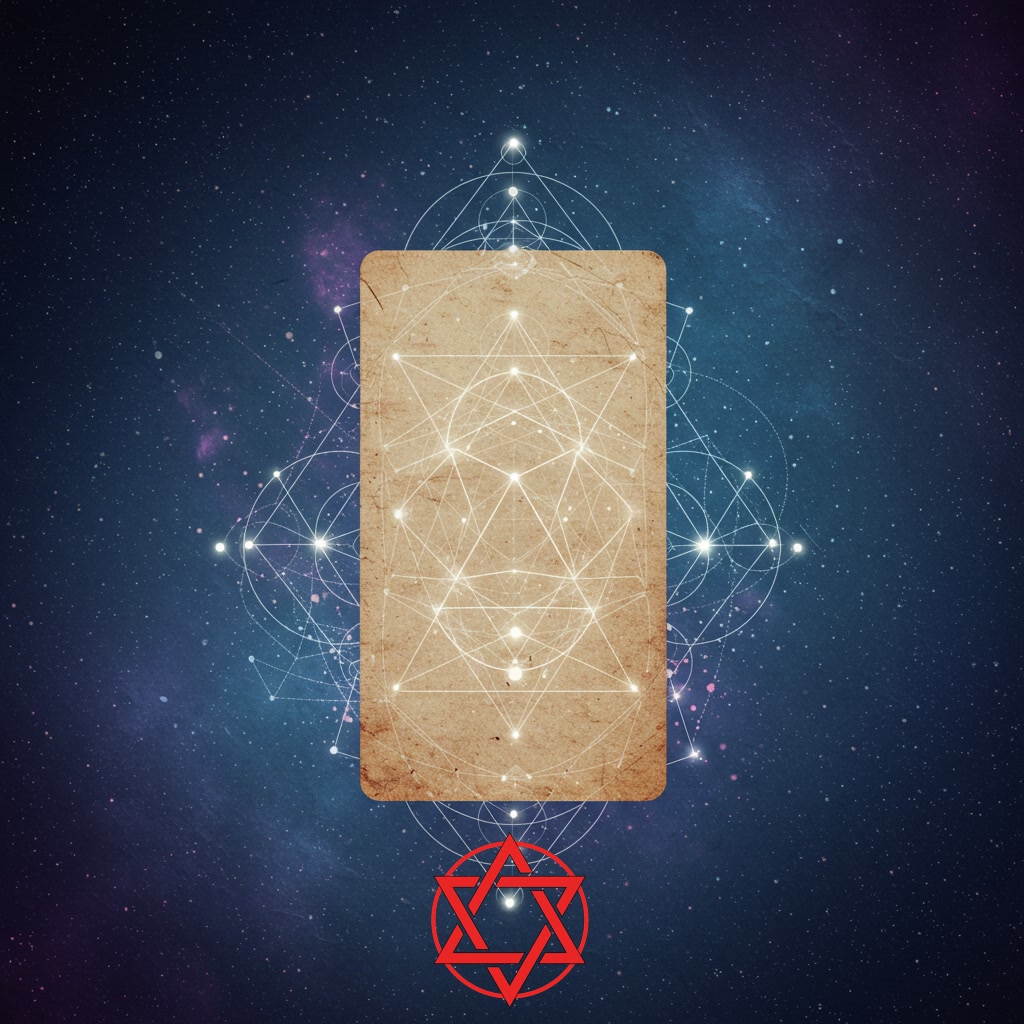
Section 5: Unveiling Energetic Patterns and Ancient Wisdom through Synthesis
Building upon the understanding of the Tarot deck’s structured system, this section delves into how the principles of sacred geometry provide a powerful lens through which to view and interpret these archetypes and their relationships. The synthesis of Tarot and sacred geometry reveals the underlying energetic patterns that govern existence, showing how the universal principles of creation, balance, and transformation are mirrored in both systems. By applying geometric insights to the layout and symbolism of the tarot, we unveil the ancient wisdom embedded within its structure. This approach illuminates the interconnectedness of the microcosm and macrocosm, offering a deeper, more intuitive understanding of the forces at play in readings and life itself. It shows that the tarot is not merely a set of cards, but a geometric mandala of consciousness and energy.
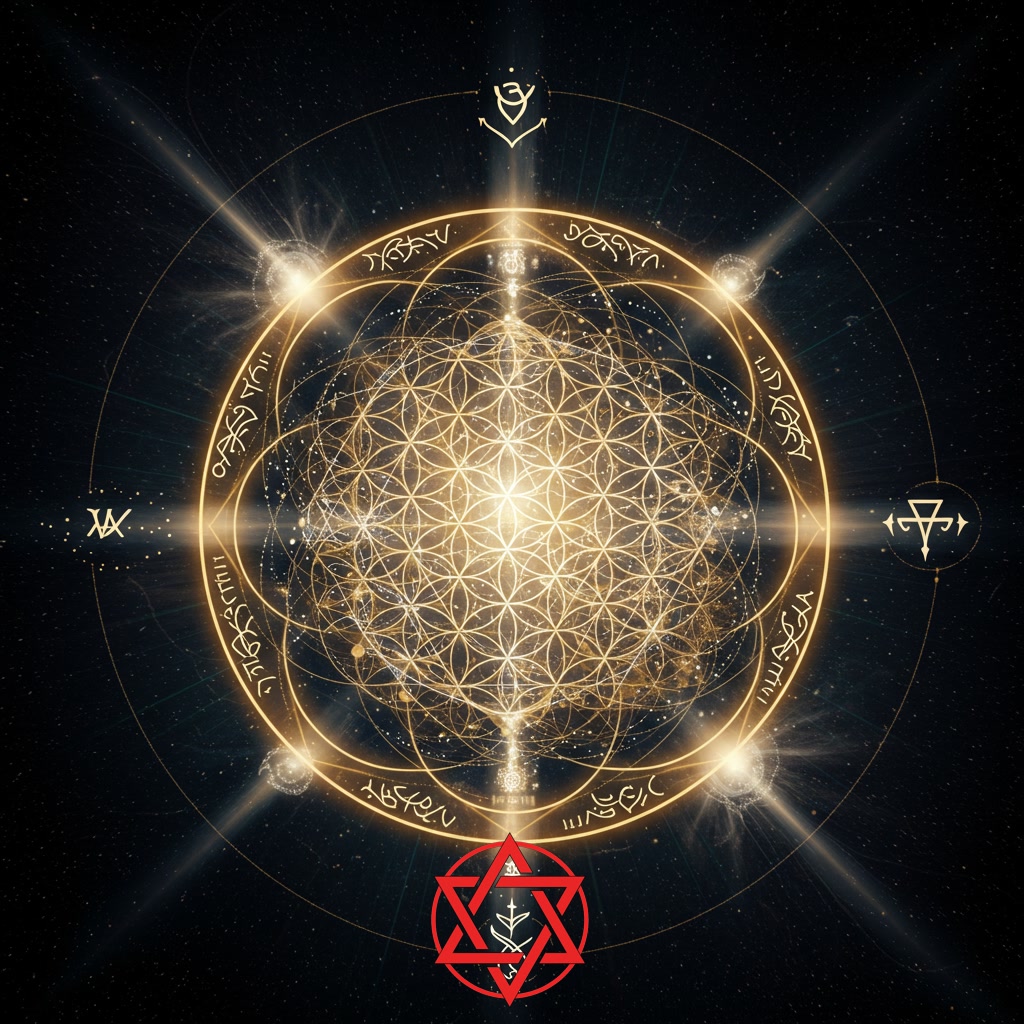
Section 6: Conclusion: The Unified Path to Insight
This exploration into the intersection of Tarot and Sacred Geometry reveals a profound synthesis. By understanding the underlying geometric structures and energetic patterns inherent in the Tarot deck, we gain a deeper appreciation for its symbolic language. Sacred Geometry provides a framework that illuminates the universal principles mirrored in each card and spread. This combined perspective offers a unified path to insight, allowing seekers to move beyond surface interpretations and connect with the ancient wisdom and energetic flows that shape reality. It highlights how seemingly disparate systems are fundamentally interconnected, providing powerful tools for self-discovery and understanding the intricate tapestry of existence.
